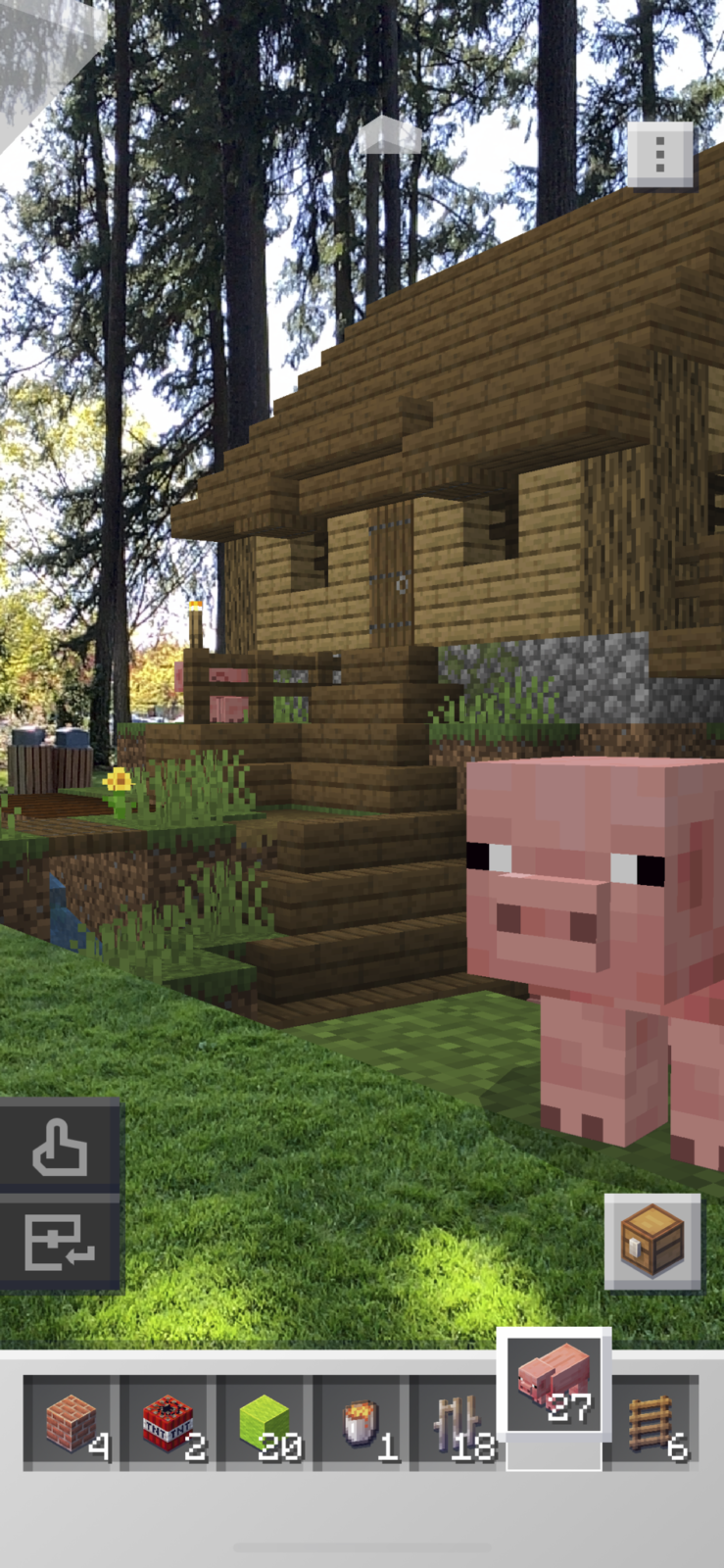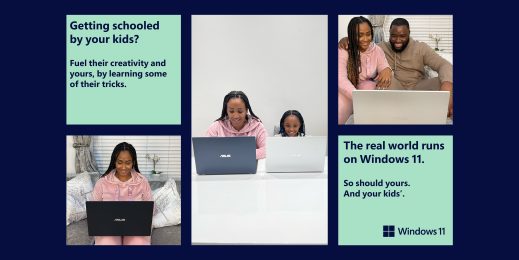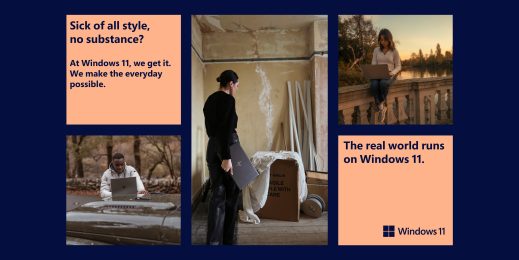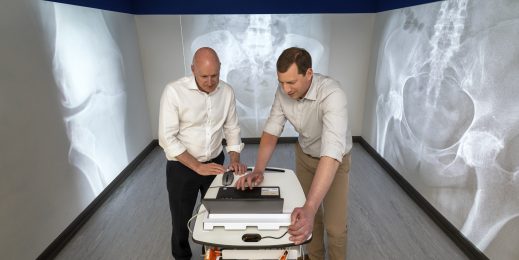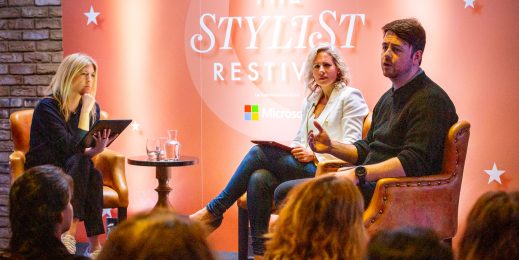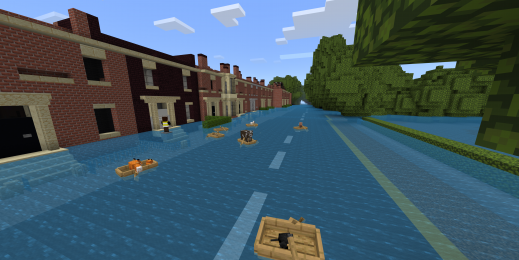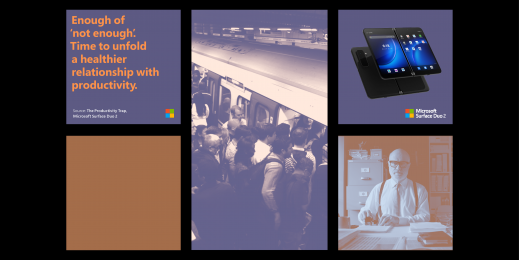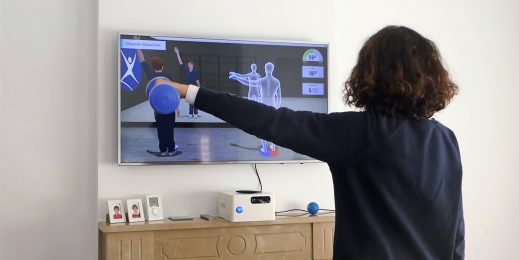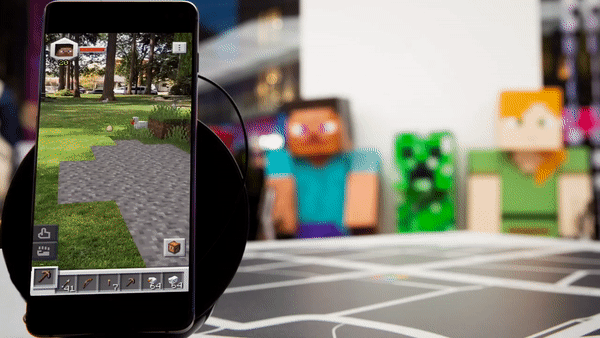
Beyond the blocks: how the latest technology made Minecraft Earth a reality
Do you remember the very first time you explored a Minecraft world? You probably started off small – chopping down a few trees, making basic tools, and building a shelter to protect you from spiders and exploding creepers at night.
When dawn broke, and you could safely go outside again, you explored further, and created new weapons and tools. Crude wooden pickaxes led to steel versions, then gold, then – if you were lucky enough – diamond. Castles were built and caves were explored. Your only companion was an expanding sense of wonder.
Mirroring your character’s journey, Minecraft itself has also greatly evolved since its humble beginnings. Since its creation in 2009, it’s evolved from a community-driven PC game, spreading to consoles and VR headsets, while spawning an entire community of educators who use Minecraft: Education Edition to inspire and teach millions of children. It’s the best-selling videogame of all time, with more than 176 million copies sold, and over 112 million monthly active players. It’s rightly considered one of the most influential and greatest games ever made.
The latest step in Minecraft’s evolution is a big one. Developer Mojang is revolutionising not only how people play Minecraft, but how they play games. Minecraft Earth is a mobile game that seamlessly blends the virtual wonders of the computer-generated world that millions love, with their real-life surroundings.
Bringing Minecraft to life
Minecraft Earth uses the power of augmented reality (AR) and your smartphone to collect items and go on Adventures, immersing you in the block-filled world like never before.
After you collect materials, you can team up with friends to build structures that – when seen through your phone – will remain on your living room floor, coffee table, or wherever else you choose to build it. Better yet, you can go out into your garden or local park, and scale up your coffee table-sized creation to a gigantic towering structure which you can physically walk around and explore via your phone, as if you were there in person.
Minecraft Earth also encourages players to collaborate in huge, public Adventures – shared environments that are scattered all around the world and offer challenges and exciting rewards.
A game of this ambition and scale could not have existed a few years ago. It’s taken the innovative ideas of Mojang, coupled with technology solutions from Microsoft, to make this ground-breaking experience a reality.
Building the foundations
While Mojang has previously brought Minecraft to life in virtual reality (VR), the AR nature of Minecraft Earth posed new challenges. Unlike VR, which sees gamers remain stationary while using controls to virtually move in the game, Minecraft Earth increases the immersion by having players physically walk amongst virtual structures in the real world.
When dealing with this level of immersion, even determining something as simple as the size of a block of dirt or stone was a decision that wasn’t made lightly. “In our first models, the size of a single block was one cubic metre,” says Torfi Olafsson, Game Director at Minecraft Earth.
“Those blocks were too big and didn’t scale well to real-life environments, so we scaled them down to one cubic centimetre. We thought that was great and allowed for incredible attention to detail. However, in further testing, we realised these smaller blocks required much more patience and precision to interact with, so we opted for larger blocks and simpler models. In other words, we chose Duplo over Lego.”
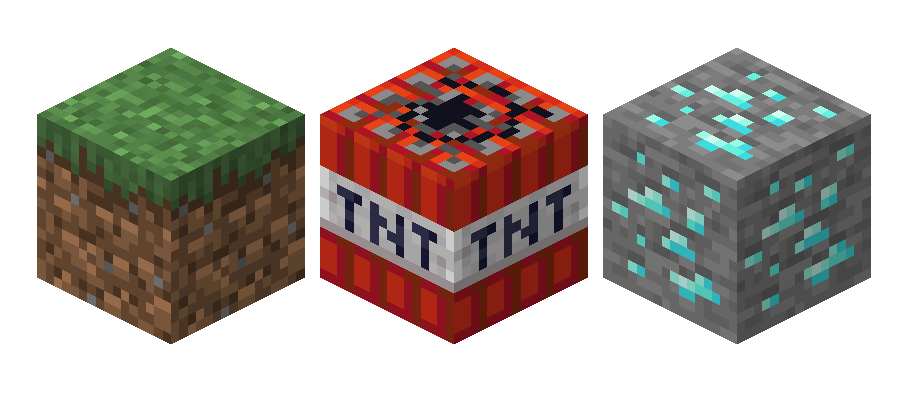
All of our servers run on the Microsoft Azure cloud, and this has allowed us to serve the global community
If you are going to create a new, interactive version of the most popular game of all time, then the millions of people who will play the game need to be able to trust it will work whenever and wherever they are. Gamers focus on the final, polished product that they interact with, and only think about the technology that supports it if something goes wrong. It was vital for Mojang to ensure that the servers chosen to run Minecraft Earth are reliable and scalable enough to allow people all over the world to have a smooth, seamless experience.
“All of our servers run on the Microsoft Azure cloud, and this has allowed us to serve the global community,” Olafsson states. “We have hosting centres distributed around the world, which enable us to deliver incredibly good, reliable performance to people in very different regions.”
Mojang also uses Azure PlayFab – a complete back-end development platform for live games which includes analytics and delivery across clouds, devices, and game engines. Olafsson says this allows Mojang to “…spin up virtual machines and containers, while delivering our services incredibly quickly to people in different geographical locations, while using Xbox Live services to manage all of our users.”
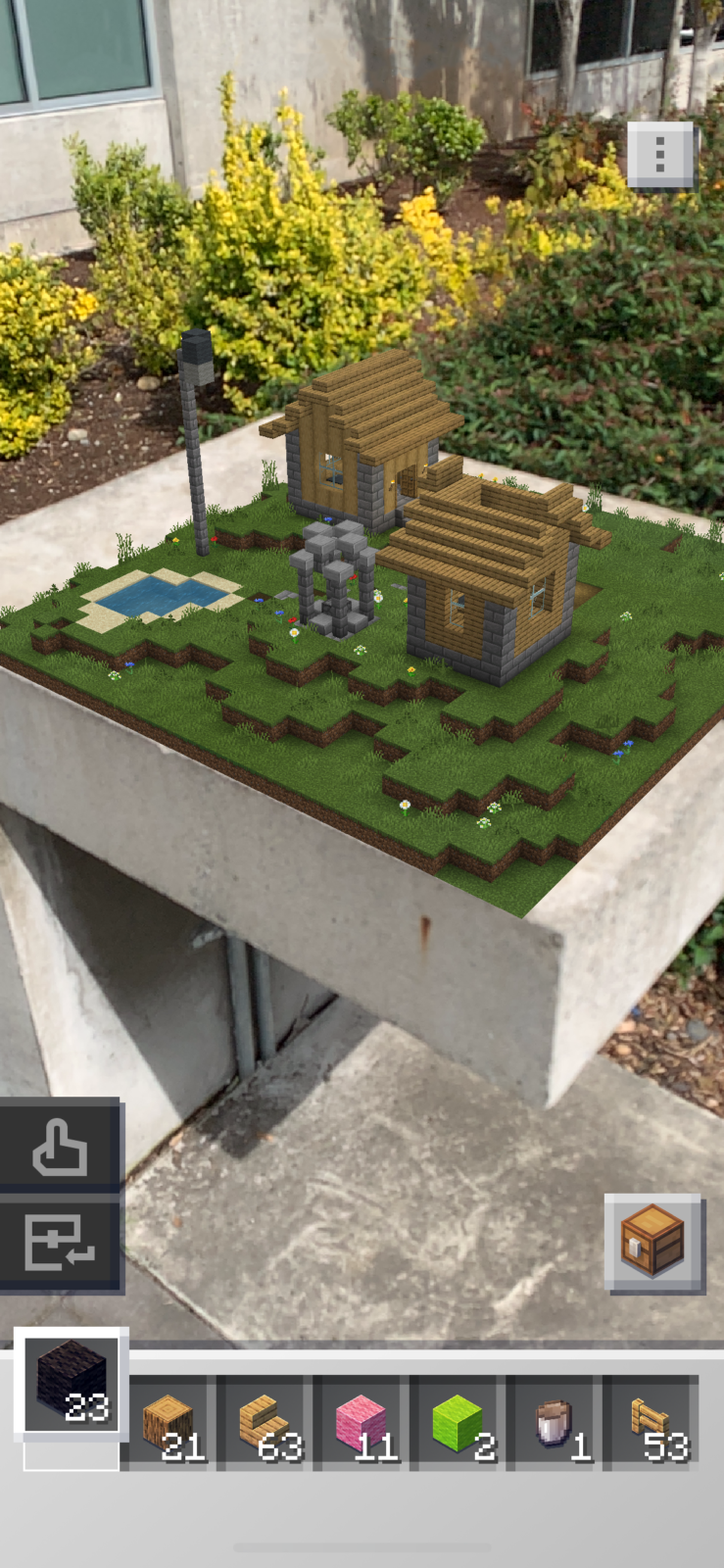
Bringing people together
One of the most technically impressive aspects of Minecraft Earth is playing in the same structure you’ve built with your friends. To take this further, the new Adventures mode also lets up to 40 people play together in a single location. Participants can work together to build structures and defeat enemies. You could, for example, help save the life of another player by using your bow and arrow to shoot skeletons that are closing in on them.
Mojang is using Microsoft’s Azure Spatial Anchors to ensure that both the worlds you create, and the Adventure experiences, remain stationary in the physical world they inhabit. Azure Spatial Anchors allow developers to create mixed-reality experiences, containing fixed, virtual objects for multiple users.
In Minecraft Earth, this means that when the first player at a location starts up the session, the location and orientation of that virtual world is captured by the cloud. Subsequent players who then join the Adventure, will be able to download the initial data and properly orient themselves in the virtual world, for a seamless virtual experience with other players at the same time.
Interacting with dozens of other people in an AR environment at this scale is an incredible feat of engineering, and one that required Mojang and Microsoft to think outside the box. Imagine having 40 people at a single location in a park, starting an Adventure together. On their phone screens, they see the Adventure world – a castle with a lava moat surrounding it.
If each player loaded the Adventure on their phones while they were in a slightly different location or orientation in that particular area of the park, then the front gate of the castle or position of the moat would be different on each player’s screen. This breaks the immersion, while making it harder for people to work with other players. This is why the use of Azure Spatial Anchors was so critical in ensuring that Mojang’s incredible vision was able to come to life.
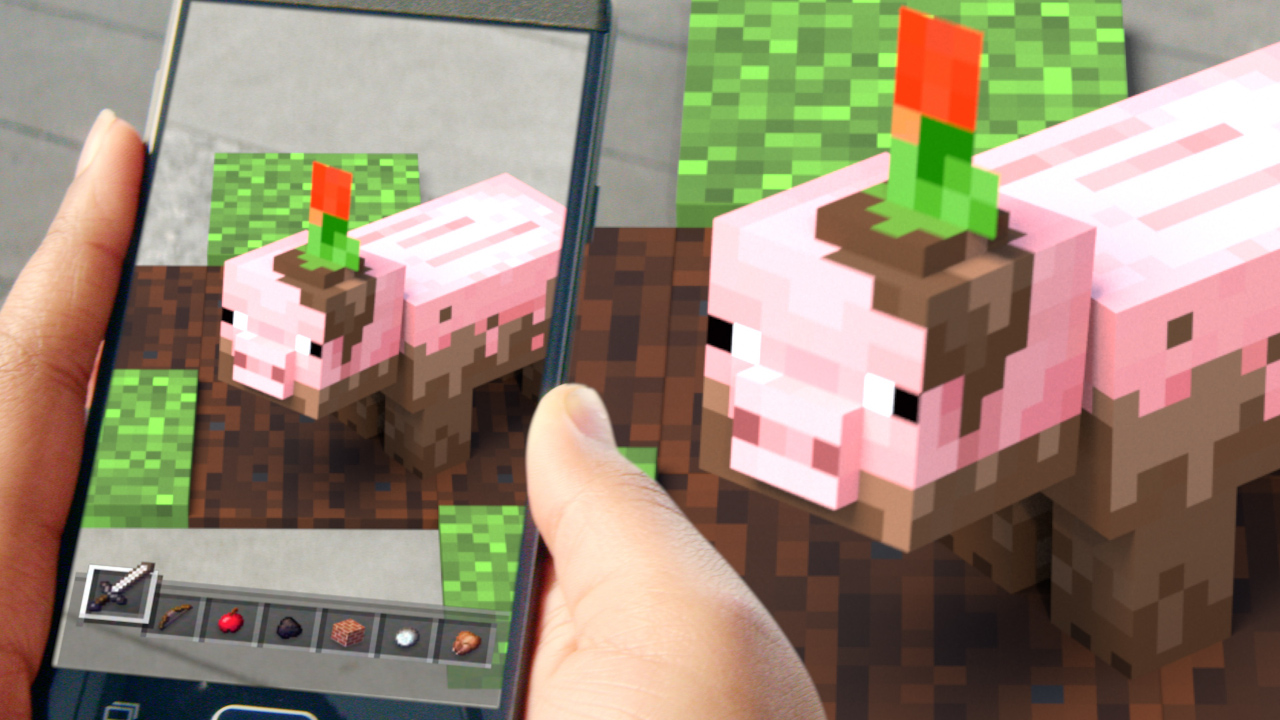
The future
“When we showed off the HoloLens demo at E3 a few years ago, it blew people’s minds, and made us all very excited about the future of Minecraft,” says Olafsson. “We’re thrilled to finally bring our ambitious vision to life thanks to all of the innovative technologies that have helped make Minecraft Earth a reality. This is one of those occasions where all the pieces have come together perfectly, and we cannot wait to see where this takes us.”
Minecraft Earth has been in closed beta in five cities over the summer, and community feedback from the closed beta has helped the studio iterate on the game, bringing it closer to its wider release, which starts very soon.
Players on Android can now pre-register for Minecraft Earth and choose to be notified when it is released in their country – and everyone should stay tuned to Minecraft.net/Earth for further updates. Early Access will launch in October, with more countries being added each week until it’s available worldwide by the end of the year.
Early Access allows the Minecraft team to tweak the game while listening to feedback from gamers. People’s views are incredibly important to the studio, and has been part of the DNA of Minecraft since its first inception – community feedback shaped the development of the original game.
“Our developers are communicating directly with the players,” Olafsson describes. “We monitor feedback through Discord, Twitter, Facebook and Reddit, and the communities are always growing. We use polls, analytics and player behaviour to help us balance and tweak the game, while using PowerBI to keep track of everything.”
From laying down the very first block 10 years ago, to walking through a magical world with other players in real-life locations, Minecraft continues to inspire creativity while capturing the imagination of millions of people around the world. Minecraft Earth’s release will be the latest milestone on a journey which promises a whole host of new adventures to come.





